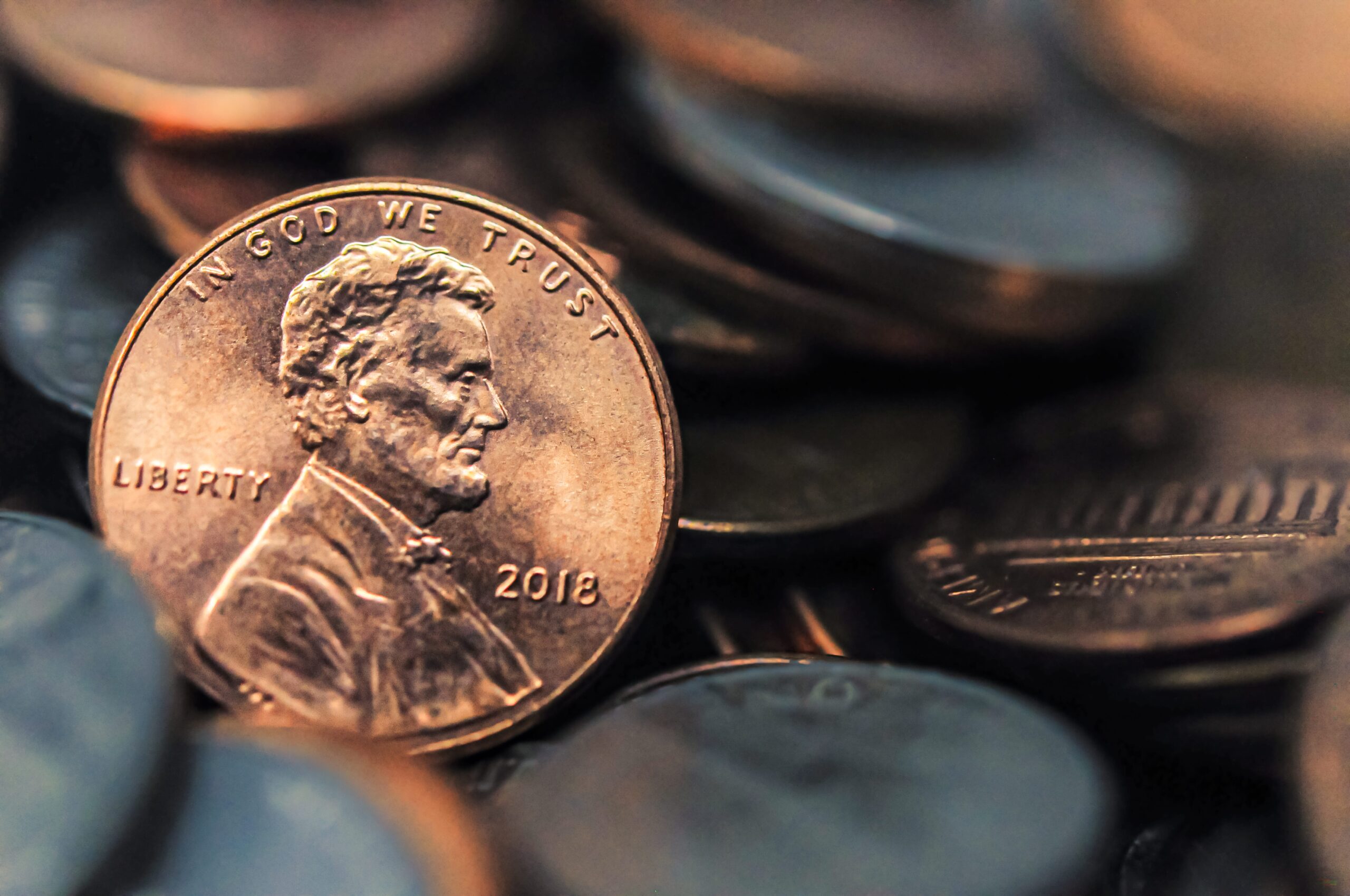
Trump Considers Eliminating the Lincoln Penny
President Trump has proposed a significant change in American currency: discontinuing the production of the one-cent coin, commonly known as the penny. This move, if implemented, would mark a departure from a tradition that has existed for over two centuries.
Rationale for Eliminating Pennies
The Trump administration’s primary justification for eliminating pennies is their perceived wastefulness. It claims that pennies cost more to produce than their face value of one cent, resulting in an annual loss of approximately $180 million to the government. This assertion is supported by the U.S. Mint’s report indicating that the production cost of a single penny, including overhead expenses, was roughly 3.7 cents in fiscal 2024.
Historical Context
The debate over the penny’s future is not new. Throughout history, critics have questioned the practicality of maintaining a coin with such a low value. In recent years, the rise of electronic payment methods and the decline in the use of cash have further fueled the argument for eliminating pennies.
Production and Circulation
Despite the ongoing debate, pennies remain the most commonly produced coin by the U.S. Mint. In 2024, the Mint churned out 5.61 billion general-circulation coins, of which 3.23 billion were pennies. However, coin production has been declining sharply in recent years, reflecting the shift towards cashless transactions.
Potential Impact on Consumers
The elimination of pennies could have several potential impacts on consumers. Some experts speculate that businesses may "round up" prices to the nearest nickel, which could lead to a slight increase in inflation. However, others suggest that rounding down could also occur, resulting in a net benefit for consumers.
International Precedents
Several countries around the world have already discontinued the production of one-cent coins. Notable examples include Australia, Belgium, Canada, Finland, and New Zealand. These nations have generally not experienced significant economic consequences as a result of this change.
Copper Industry Implications
The elimination of pennies could have a modest impact on the copper industry. Pennies are primarily composed of zinc (97.5%) and only 2.5% copper. However, the other mainstream coins (nickels, dimes, quarters, and half dollars) contain a significant amount of copper, with approximately 75% for nickels and over 90% for the larger coins.
Despite the potential loss of penny production, the demand for copper remains strong due to its widespread use in various industries, particularly in electric vehicles and power generation. Freeport-McMoRan, the nation’s largest copper producer, projects a bright future for the metal, highlighting its growing importance in the global economy.
Conclusion
The Trump administration’s proposal to eliminate the Lincoln penny is a significant development in the ongoing debate over the viability of low-value coins. While the move could potentially reduce government expenses and align with the declining use of cash, it also raises concerns about its impact on consumers and the copper industry. Further study and discussion are necessary to fully evaluate the potential consequences of this proposed change before making a final decision.
